Where is the Desert Botanical Garden?
I visited the Desert Botanical Garden in January while visiting my daughter and son-in-law in Phoenix, Arizona. The gardens are in the Sonoran Desert. This desert covers much of the southern half of Arizona, some of southeastern California, and part of Mexico. Like most deserts, it is hot and there is very little rain. Because it is cooler in January, it was a lovely time to go. We spent the better part of an afternoon walking the many trails and taking in the sites.
Plants of the Desert Botanical Garden
Obviously, people visit the Desert Botanical Garden to view the plants of the desert. There are more than 5,000 plants there, and one-third are native to the area. This includes 485 rare and endangered species.
The most prominent cactus is the saguaro. It is the largest cactus in the United States. Saguaro cactus only live in the Sonoran Desert. This cactus can live to be 100 to 150 years old. The “arms” can take 75 years to grow. A fact I found interesting is some saguaros grow under a Palo Verde tree. Seeds are dropped by birds, and then the tree provides shelter to the growing cactus. It keeps the temperature from getting too hot or cold. It also prevents the cactus from getting eaten or stepped on by animals. The saguaro’s roots are only 4 to 6 inches deep. Therefore, it gets what little rainwater there is before the tree does. Eventually, the tree that has provided shelter for years dies. The saguaro has ribs that can expand depending on the amount of water it holds. I also found the “skeletons” of a saguaro very fascinating.
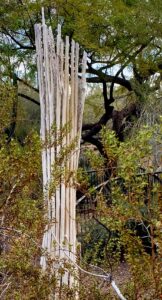
Besides the saguaro, there are many other types of cactus at the Desert Botanical Gardens. These are just a sampling.
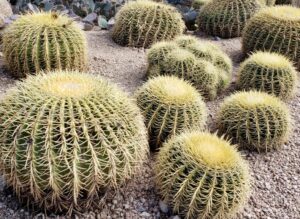
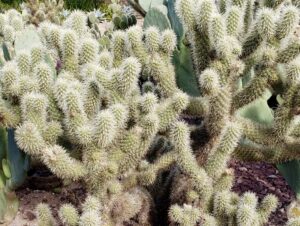
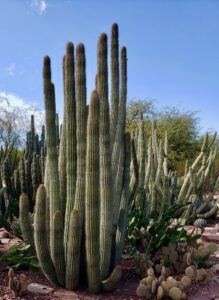
Agaves and Yuccas are also found in the gardens. These are often confused with cactus. While they are all succulents, agaves and yuccas have leaves. The green parts of a cactus are stems. Here are some agaves.
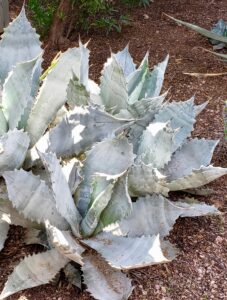
While agaves have wide leaves with spines along the edges, yuccas have thinner leaves with no spines. Here is one yucca plant.
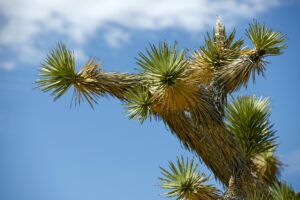
Along with cactus, agaves, and yuccas plants, there are too many others to mention! However, you should see them for yourself!
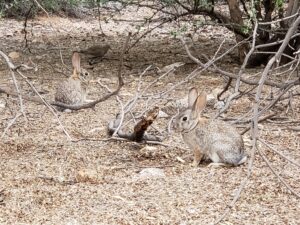
Animals of the Desert Botanical Garden
While we see didn’t see many animals on our visit, we did see rabbits, quail, cactus wrens, butterflies, and hummingbirds. Rabbits were plentiful. Quail were running around under many of the shrubs. Cactus wrens make holes in cactus into their homes. I am still amazed at the number of hummingbirds that there were and the fact that these tiny birds can survive in such a hot, dry climate. Perhaps it is because they have a high body temperature of between 105° and 109°.
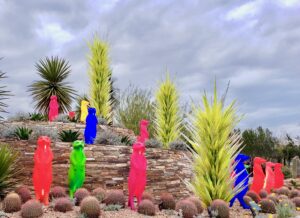
Special Events
Wild Rising
The special event while we were there was Wild Rising by Cracking Art. Over 1,000 animal sculptures made from colorful, recyclable plastic were on exhibit. The works of art were on loan from Milan, Italy. The Cracking Art movement’s first intention “was to associate the installations with a message of recycling and with the desire to give value to the plastic through art.” This link will take you to the Cracking Art webpage. There is an article that would be fascinating for STEM and art teachers and students. Click on “artworks” at the top of the page photos of the plastic animals comes up. Click on an individual animal and it tell s why the animal is important to the movement. Perhaps, students can make art out of plastic!
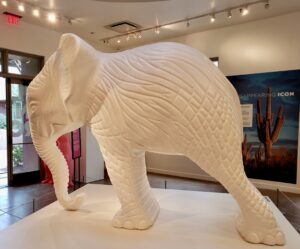
The Elephant in the Room
Another exhibit was The Elephant in the Room. The elephant was the focal point in the room. Around the room were signs and interactive activities. The phrase “the elephant in the room” is an idiom. It means something that is big that people ignore because the topic is uncomfortable. Consequently, visitors are encouraged to talk about world topics such as climate change, cactus as a threatened species, and reducing the human impact on the world. Encourage students to discuss why these topics are “the elephant in the room.” How can people make a difference? What other topics are “elephants in the room?
To go to the Desert Botanical Garden website click here.
I am definitely looking forward to visiting the garden again. Preferably in the spring when I can see many of the cactus and wildflowers in bloom!
Other Resources
If you are looking for some resources about different biomes, plant and animal adaptations, and endangered species check out these reading passages in our TpT shop!
To read about the science of some of our other travels click here.
And remember, it’s all science!


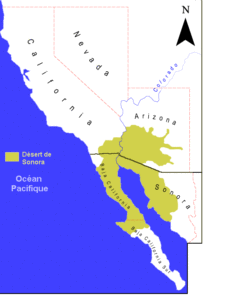
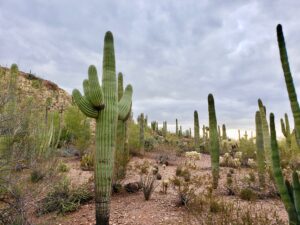
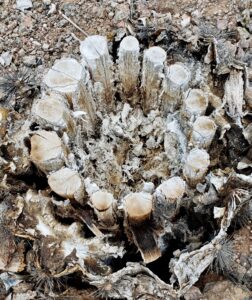
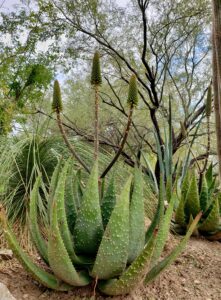
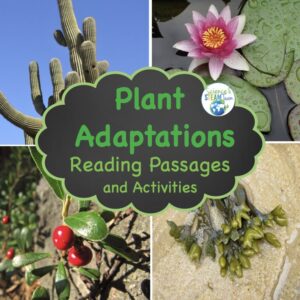




One Comment